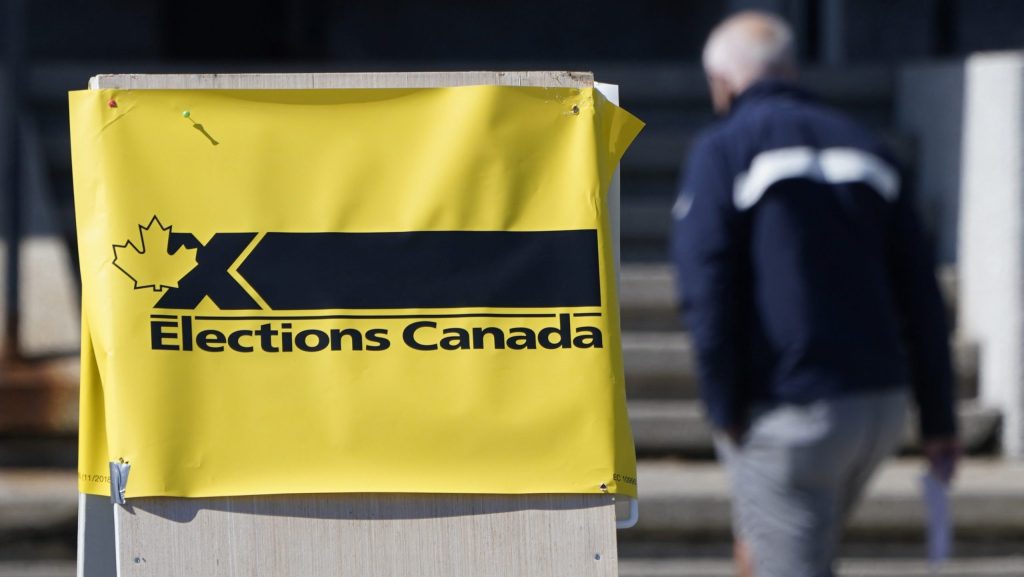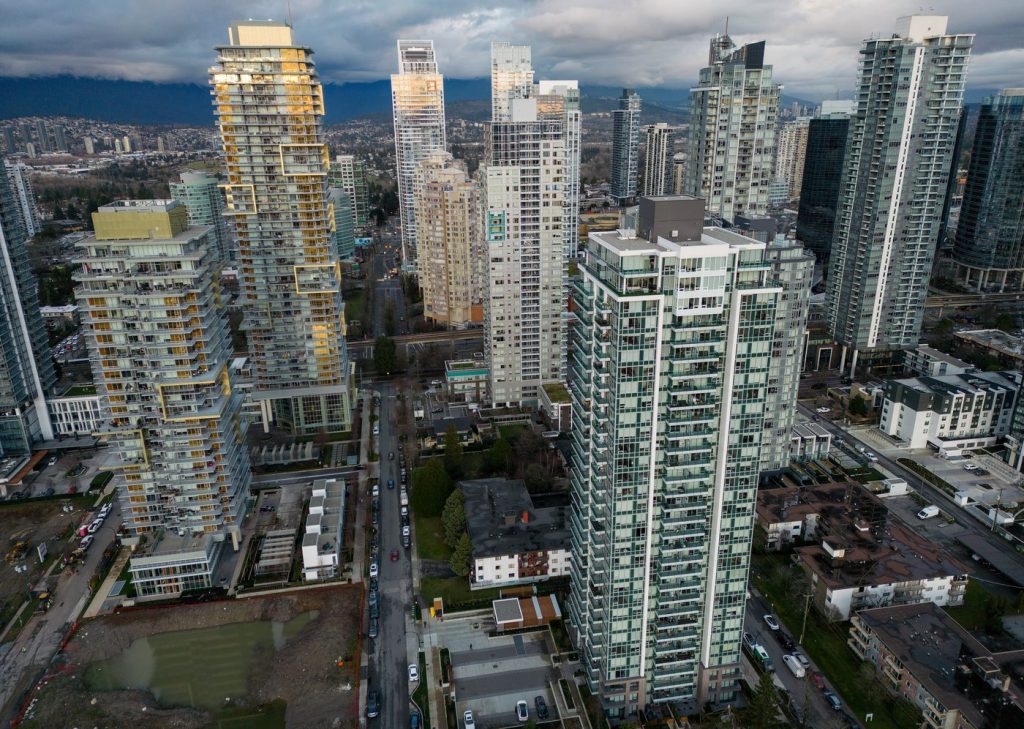Remember This? The Emperor’s poet comes to Ottawa
Posted Oct 17, 2022 01:00:00 PM.
The Beechwood Cemetery, located on Beechwood Avenue and Hemlock Road in Vanier, is the largest cemetery in Ottawa encompassing roughly 160 acres of wooded land.
It is the resting place for more than 85,000 persons from every walk of life. Leaders such as Sir Robert Borden, Canada’s prime minister from 1911 to 1920, and Ramon Hnatyshyn, Canada’s Governor General from 1990 to 1995 are buried there. Lumber barons, military heroes, sportsmen and poets also rest at the Beechwood Cemetery as do felons and at least one executed murderer. It shady walks provide a fascinating journey into Ottawa’s past as well as a peaceful sanctuary for reflection and contemplation.
Its story begins just a few years after Confederation. Ottawa’s Protestant and Roman Catholic cemeteries in Sandy Hill were fast filling up, and congregations began to look further afield for new burial grounds for their departed flocks. The Roman Catholic Church found a site to the east of Ottawa on the 'King’s Road', now known as Montreal Road. The fifty-acre site was purchased by the Church from a Mr. Bradley. Named Notre Dame Cemetery, the new Roman Catholic burial ground was consecrated at 5 p.m. on June 2 1872 by Bishop Guigues. An immense crowd, apparently in the thousands, attended the ceremony. Father Malloy preached in English, with “another reverend gentleman” speaking in French, according the Ottawa Daily Citizen.
It was more difficult to organize the Protestant congregations. Many meetings of church representatives were held in the Lecture Room of the Mechanics’ Institute to discuss the issue and vote on alternatives. A sub-committee was formed to visit suitable sites, of which there were many, including even a site across the Ottawa River in Hull. That site was quickly rejected as being vastly too expensive. On the Ottawa side, the sub-committee considered several farms, including the Baine, Blaisdell, and Bradley properties to the west of the city. All were rejected as unsuitable.
Attention coalesced on two particular properties, the Thompson farm in the west and the farm owned by Hector McPhail in the east though church representatives kept an eye out for other potential sites. On the way to examine the Thompson farm, the investigating sub-committee stopped at the Cowley farm on the Richmond Road. Captain Cowley was a well-known steamboat captain and farmer who owned 200 acres of land along the Richmond Road which at the time was in Nepean Township. Although the Cowley site was sufficiently large, the price tag of $175 per acre was deemed to be too high.
Initially, the balance of opinion favoured purchasing the Thompson farm, which was located to the west of the Cowley property close to the Ottawa River. The seventy-two-acre parcel of land could be acquired at a price of $10,000, less than $140 per acre. As well, the Canada Central Railway promised that if the Thompson property was chosen it would run funeral trains to and from downtown Ottawa at a day’s notice. At $10 per trip, a funeral train would be more economical than hiring carriages to bring the remains and mourners to and from the cemetery.
However, many churches complained that the Thompson farm was too distant, being roughly six miles from the centre of the city, and hence too expensive for the poor to attend funerals and visit their dearly departed. Some clergymen complained that it would be “nigh impossible” for ministers to continue their custom of following the remains of the deceased from the funeral service at the church to graveside if the Thompson site was chosen.
Some congregations were also concerned that removing the dead from the old Sandy Hill cemetery to a new cemetery at the Thompson farm would meaning carrying the bodies through the city. Others were concerned that the prevailing westerly wind could potentially bring smells to the city and that rain water run-off from a cemetery located relatively close to the Ottawa River would eventually pollute the river upstream from where the city drew its water supply.
Supporters of the McPhail farm, located to the east of Ottawa just north of the new Notre Dame Cemetery, contended that this roughly 130-acre site had many advantages, not least of which was its price at $80 per acre ($12,000). While the northern part of the property consisted of swamp land and a gully, there was 35 acres of cleared land and perhaps another 40 acres under cultivation, all of which could be used for burying purposes. There was also another 30 acres of fine timber land. Importantly, the property had the additional advantage of being relatively close to the city, being only one mile from the St. Patrick Street Bridge across the Rideau River and about 2 ½ miles from Sappers’ Bridge downtown. As well, the nearby McKay estate had already constructed a carriage road to within a half mile of the proposed cemetery site. (Rideau Hall, located on the McKay estate, had been purchased in 1868 by the Dominion government as the home of the Governor General.) The Ottawa City Passenger Railway said that if the property was selected, the horse-drawn street car service would be extended to the site. This would make the McPhail farm site easily accessible by the general public.
A team went out to examine the suitability of the soil at the McPhail farm. Seven test pits were dug to a depth of six or seven feet, four in the field and three in the bush. In all cases, the sites were dry with the soil consisting of sand. The men judged the ground to be well suited for burial purposes, better in fact than the Thompson farm site. As well, the bush was not thick; a horse could be ridden through it, they claimed. They concluded that with relatively little expense, walks could be laid out, making the site a beautiful place for a burial ground.
Support for purchasing the McPhail farm as the new Protestant cemetery was almost unanimous. Only the Christ’s Church congregation voted against it. In favour were Bishop’s Chapel, St Alban’s, St Andrew’s, the Bank Street Church, Wesleyan Church, Congregationalist Church, the Baptist Church, and St Bartholomew’s Church in New Edinburgh. Three Methodist churches, who did not attend the mid-November 1872 meeting at the Mechanics’ Institute, indicated that they would vote with the majority. A committee consisting of Joseph Merrill Currier MP (the builder and original owner of 24 Sussex Drive), John Rochester, and William Whyte, was then appointed to complete the McPhail purchase on behalf of the Protestant churches.
The following week on Nov. 19 1872, the committee announced that it had purchased the farm at a price of $80 per acre, with a down payment of $3,200, with the balance to be paid in four annual installments at an interest rate of seven per cent. Possession of the land was immediate with the exception of the buildings which Mr. McPhail and his son could occupy until the beginning of May 1873. The McPhail family was also permitted to collect as much wood as they might need through the winter but were required to take fallen timber first. If they had a need for additional wood, the McPhails would only be permitted to fell trees selected by the new cemetery’s management.
After rejecting the name Rockcliffe Cemetery proposed by Dr. Sweetland, church representatives agreed that the lands purchased would henceforth be known as the Beechwood Cemetery. The cemetery would be used for burial purposes by all congregations that took part in the purchase, as well as by all those who joined thereafter. A committee was struck to draft an act for the incorporation of the Beechwood Cemetery Company. The committee also devised a plan for the management of the new cemetery and to develop the site for burial purposes.
The capital stock of the new company was $20,000 divided into 200 shares of $100 each. The funds raised were used to purchase the McPhail property. The company’s management then laid out and improved part of property in order to make it available for burial purposes, and placed it on the market by May 1873. An adult’s grave was priced at not more than $5, while a child’s grave cost $2.50. The first charge against net revenue from the sale of lots was the payment of interest to stockholders at a rate of 12½ per cent per annum, payable half yearly. One half of net revenue after the payment of interest to shareholders was applied to buying back the capital stock of the company with the other half used to improve the property. When the capital stock of the company was fully repaid, the lot holders became the shareholders of the cemetery. When this occurred, all net income was devoted to the improvement or embellishment of the cemetery. The cemetery was non-sectarian in nature. Moreover, those without religious profession had an equal right to purchase burial plots.
Through the spring and summer of 1873, improvements were made to the property under the direction of engineer Robert Surtees. The grounds were fenced, and the cemetery subdivided into parcels and lots through which beautiful avenues were constructed, giving the area a picturesque appearance said the Ottawa Citizen. Also constructed were a chapel, a conservatory, a mortuary and stable buildings.
On Saturday Oct. 25, 1873 at 3 p.m., the Anglican Bishop of Ontario consecrated the Beechwood Cemetery. The spot chosen for the ceremony was the flat area at the foot of the memorial to Captain James Forsyth who died in September of 1872. The newly-built memorial, the first in the cemetery, had been erected by members of the 2nd Ottawa Field Battery. The proceedings were unfortunately delayed several times by inclement weather. Although only a small group of people were in attendance at the ceremony, the Ottawa Citizen reported that among the spectators present were J.M. Currier, N. Bate, J.D. Slater and several women.
The bishop commented that most people he knew regarded consecration of land as an act of superstition. However, he believed that the act did a great deal towards producing a proper respect of the dead. Then, the people assembled sang hymn 142: Crown Him with many crowns, the Lamb upon His Throne by Matthew Bridges.
From these early days, the Beechwood Cemetery became know as a place to go, not just to visit departed loved ones, but to stroll its shaded pathways and enjoy the serenity of nature. Open to all, the cemetery developed areas for particular communities. One early such group was Ottawa’s Chinese community. At the end of World War I, a military cemetery was set aside, forming the basis of what would become in 2007 the National Military Cemetery. Most recently, the remains of early Bytown residents who were buried in the old Barrick’s Hill cemetery and were uncovered by the excavations for Ottawa’s light rail system were re-interred at the Beechwood Cemetery.
Over the years, the cemetery was expanded and improved. With a growing acceptance of cremation, a crematorium and columbarium were built in 1962. At the end of the 20th century, the corporate structure of the Beechwood Cemetery changed from a private company to a non-profit organization. In 2000, the Beechwood Cemetery Foundation was established to safeguard the cemetery’s future and to increase public awareness of the cemetery’s place in Canadian history. In 2009, Beechwood was recognized by the federal government as the national cemetery of Canada.








